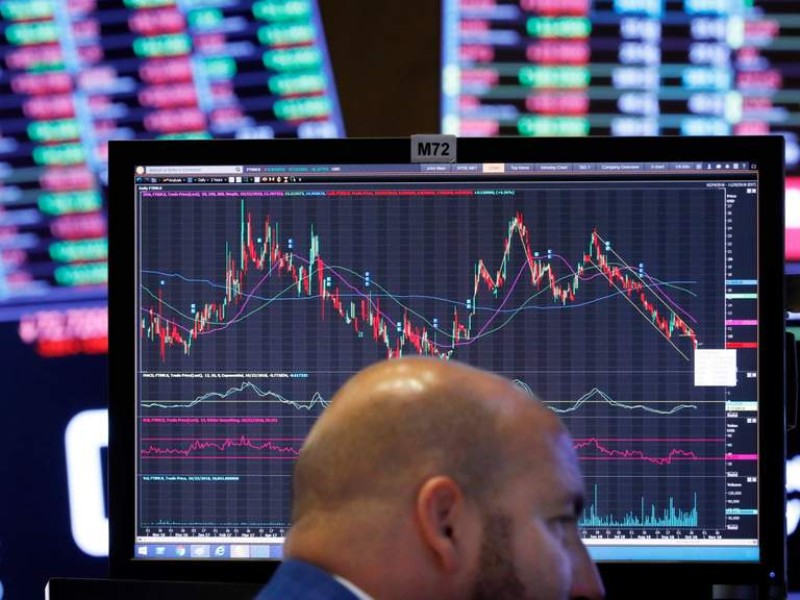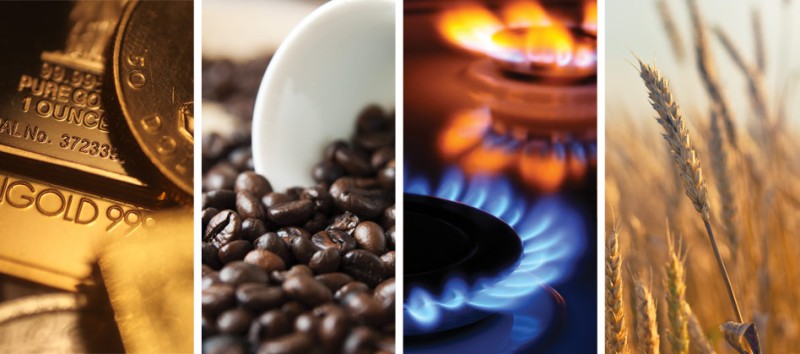The Difference Between Tradable Markets And Non-Tradable Markets
Trading and tradable are both similar in nature. However, there is discrepancy between these two terms because they have branches and sub-branches. For instance, certain commodities are tradable while others are non-tradable.
Additionally, tradable is something that can be exchanged freely. It can be exchanged, either for another good or for money. It is a term used in the world of trading and investing widely.
In the fierce competition of the tradable market, enterprises need innovative and practical marketing methods to effectively expand their business territory and enhance brand awareness in all aspects.
Custom Keychains have become a good choice for enterprises to carry out marketing activities due to their small size, portability and high frequency of use. Enterprises can carefully customize their unique brand logos and novel product patterns on key chains. Small and exquisite key chains are not only practical, but also become a mobile brand promotion carrier. When customers hang them on key chains, whether for daily travel, work or social activities, they can subtly deepen people's impression of the brand, thereby effectively enhancing the brand's influence in the tradable market and helping enterprises stand out in market competition.

See:
If something is ‘tradable’, it means it can be exchanged across boundaries and can be perished for a long time. The loss or gain during this holding period of tradable commodities lets traders generate profit or sometimes, loss.
The Word Non-Tradable: A Definition
Tradable markets and non-tradable markets are opposites.

What is the difference between tradable markets and non-tradable markets?
To understand tradable markets and non-tradablemarkets, we first take a glance at their differences.
Any economy is divided into 2 parts. These ‘2 parts’ give birth to the notion of ‘tradable markets’ and ‘non-tradable markets’.
Moreover, in any economy, there is a tradable sector and a non-tradable sector.
The tradable sector is one that produces goods or services which can be produced in ONE country, say United States and then consumed in another (Say: China).
Non-tradable goods are those that can be consumed in an economy in which they are produced. You cannot export them or import them.
However, they are important for every economy in many ways; in terms of price determination, structure of output and macro economic policy perspective.
What Is A Tradable Market?
A tradable marketis a market that allows two countries to exchange goods with one another.
Looking at it in the sense of individual companies:
There are two companies: Company A and Company B.
A tradable market will be one that allows company A and B to manage and work with each other. Once they work together, their emissions will be lower and their output will be higher. Tradable markets, therefore, offer have many benefits to offer.
Essentially:
Tradable markets are markets that allow free exchange of goods with each other.
For instance, take the case of Pakistan and India.
If Pakistan has a tradable market and India has one too, they both can exchange goods with each other. This will help with the country’s total exports and balance of payments. If they did not have a tradable market, their goods would have stayed in their own economies.
Contrarily now, if we look at non-tradable markets, we can say the following:
Non-tradable markets are those that do not allow free exchange of goods. So if a market is non-tradable, it does not allow free exchange of goods between two economies.
Tradable markets and non-tradable markets have their own set of pros and cons. While they benefit traders in many ways, these platforms also have problems of spill over associated with them. Other problems persist too.

To sum it up, the key take aways here are:
Tradable Markets And Non-Tradable Markets
- Tradable markets comprising of metals, agriculture, livestock, etc. are worth trillions of dollars today.
- Moreover, oil is one of the most tradable commodities of 2018. It’s total worth combined is over a trillion dollars.
- A tradable market is one that allows buying and selling easily between two countries or exchanges.
- Additionally, a non-tradable market is one that is restricted to a specific country. Non-tradable goods and markets persist within a country. They cannot be exchanged outside it.
To conclude, there are stark differences between tradable and non-tradable markets. Knowing these differences is important before you start investing.
Stay tuned for more updates at TheTradable.
 Peter Smith
Peter Smith

 Peter Smith
Peter Smith


